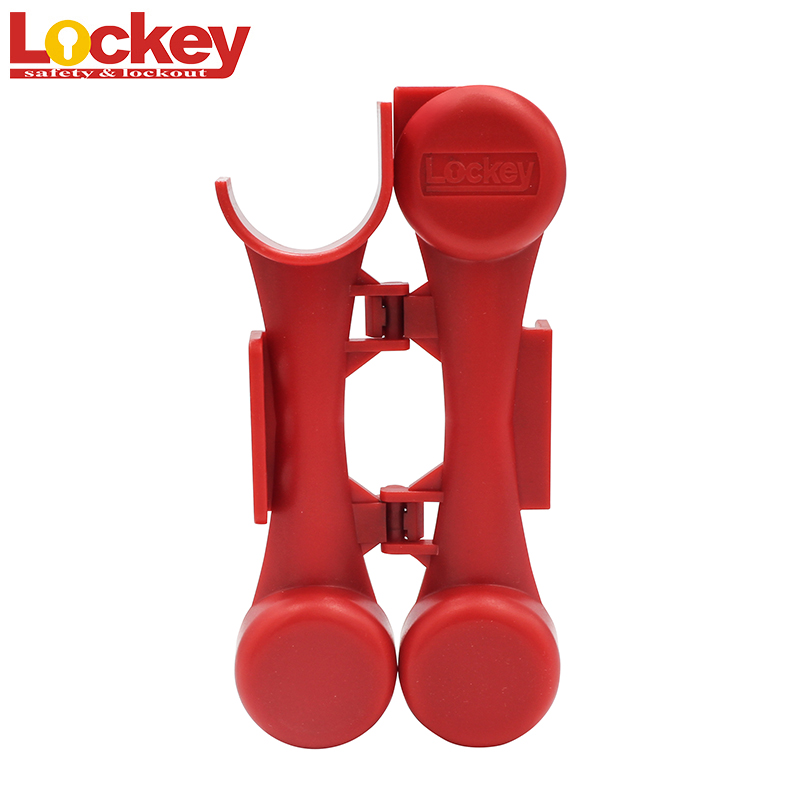Title: Enhancing Safety with Valve Isolation Lockout Devices
Introduction:
Valve
isolation lockout devices are essential tools in ensuring the safety of
workers in industrial settings. These devices play a crucial role in
preventing accidental release of hazardous materials and energy during
maintenance or repair work. In this article, we will explore the
importance of valve isolation lockout devices and how they can enhance
workplace safety.
Importance of Valve Isolation Lockout Devices:
Valve
isolation lockout devices are designed to securely lock valves in the
closed position, preventing unauthorized operation. By using these
devices, workers can isolate equipment from energy sources, such as
steam, gas, or electricity, before performing maintenance or repair
tasks. This helps to minimize the risk of accidents and injuries caused
by unexpected release of pressure or hazardous substances.
Key Features of Valve Isolation Lockout Devices:
Valve
isolation lockout devices come in various shapes and sizes to fit
different types of valves. They are typically made of durable materials,
such as steel or plastic, to withstand harsh industrial environments.
Some devices are equipped with built-in locks or tags to indicate the
status of the valve and the person responsible for the lockout.
Additionally, some lockout devices can be used in conjunction with
multiple padlocks for added security.
Benefits of Using Valve Isolation Lockout Devices:
The
use of valve isolation lockout devices offers several benefits to both
workers and employers. By effectively isolating energy sources, these
devices help prevent accidents, injuries, and even fatalities in the
workplace. They also ensure compliance with safety regulations and
standards, reducing the risk of costly fines and legal liabilities.
Furthermore, the use of lockout devices promotes a safety-conscious
culture within the organization, leading to improved morale and
productivity among workers.
Best Practices for Implementing Valve Isolation Lockout Procedures:
To
maximize the effectiveness of valve isolation lockout devices, it is
essential to establish clear lockout procedures and provide
comprehensive training to all employees. Workers should be educated on
the proper use of lockout devices, including how to identify energy
sources, apply lockout devices, and verify the isolation of equipment.
Regular inspections and audits should also be conducted to ensure
compliance with lockout procedures and identify any potential safety
hazards.
Conclusion:
Valve
isolation lockout devices are indispensable tools for enhancing
workplace safety in industrial settings. By securely locking valves in
the closed position, these devices help prevent accidents, injuries, and
costly damages caused by unexpected release of energy. Employers should
prioritize the implementation of lockout procedures and provide
adequate training to ensure the proper use of valve isolation lockout
devices. Investing in safety measures, such as lockout devices, not only
protects workers but also promotes a culture of safety and compliance
within the organization.
